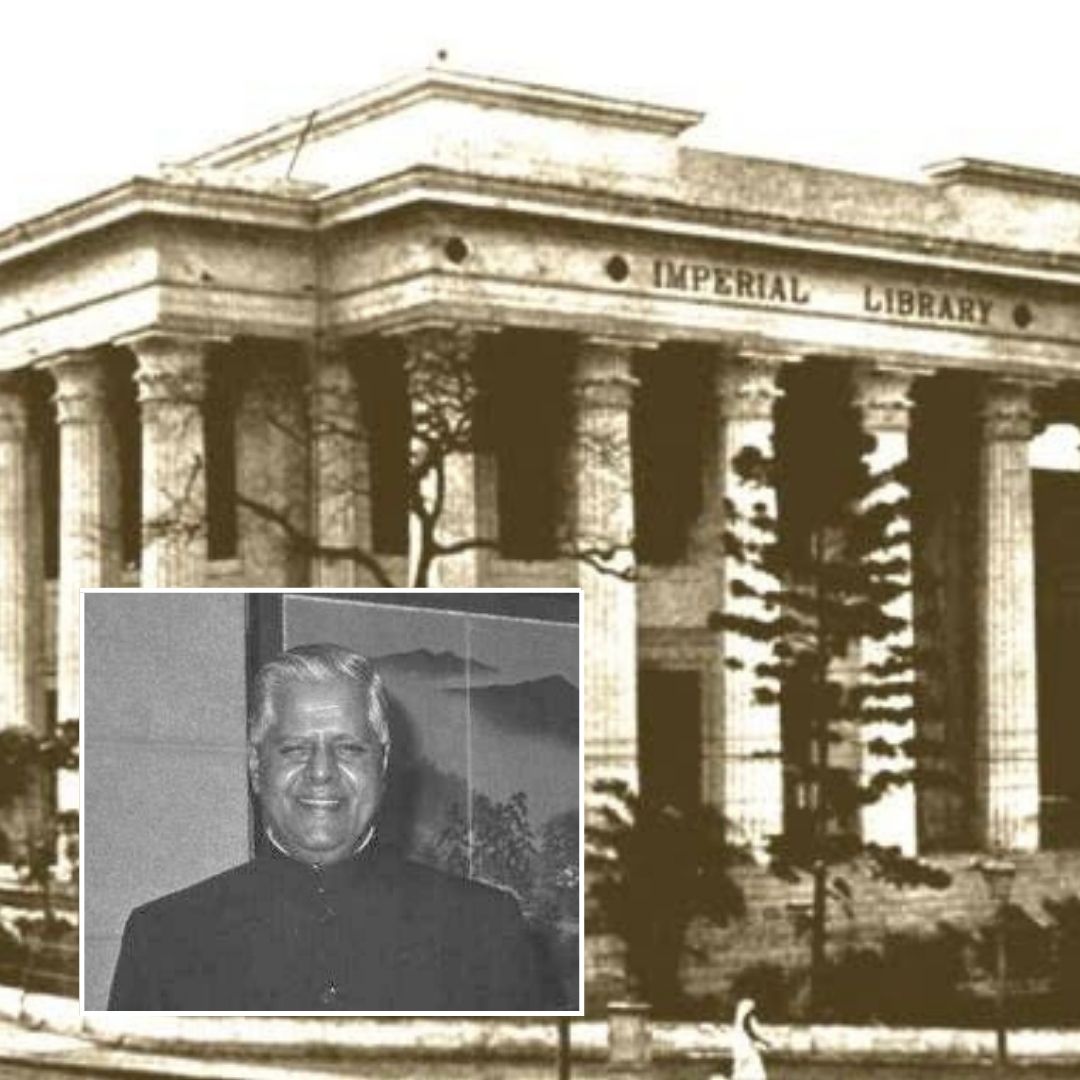
Image Credits: Wikipedi and Purono Kolkata
Untold Tale Of BS Kesavan & First National Librarian Of Free India
Writer: Laxmi Mohan Kumar
She is an aspiring journalist in the process of learning and unlearning many things. Always up for discussions on everything from popular culture to politics.
India, 17 Aug 2022 3:36 AM GMT
Editor : Snehadri Sarkar |
While he is a massive sports fanatic, his interest also lies in mainstream news and nitpicking trending and less talked about everyday issues.
Creatives : Laxmi Mohan Kumar
She is an aspiring journalist in the process of learning and unlearning many things. Always up for discussions on everything from popular culture to politics.
Also known as the Father of the Indian National Bibliography, BS Kesavan is a man who made sure that every literary work and word from India stayed imprinted on the books for time immemorial. Remembering the many contributions of the first ever national librarian, here's the stories that went untold.
The partition of India and Pakistan brought different kinds of concerns for different people. Among them all, a peculiar incident managed to grab national as well as international attention. An image of a young librarian, seated amidst piles of books, which was being segregated as 'Pakistan' and 'India' in the year 1947.
The photograph, which was staged by D D Duncan, had appeared in the August 1947 issue of the American magazine Life and featured free India's first librarian Bellary Shamanna Kesavan. This photograph was believed to be Kesavan's first brush with fame. After which, India witnessed the extraordinary works of a rather peculiar librarian, who rebuilt the first National Library that housed one copy of every single Indian publication, worked on a national scale of bibliographical projects, and contributed to an inevitable history of literary works from free India.
Independent India And The National Library
BS Kesavan, a graduate of the prestigious Universities of Mysore and London, was a specialist in the fields of English literature and library science. The immense knowledge that he carried along was also imparted to many students in London during his years of teaching.
Returning to India in the year 1936, he instantly became popular among students and other intellectual groups. Not confining himself to the opportunities available to him in his hometown, he travelled to Delhi in 1944 for a role in the government services. What awaited him instead was a long row of accomplishments and the title of the first national librarian of free India.
After India gained its independence from British rule, the newly independent nation did not have a librarian at the Imperial Library as the erstwhile migrated to Pakistan. In his stead, BS Kesavan was appointed to the role, and from there on, he began marking a new legacy. He was appointed to nurture the Imperial Library at Calcutta, established in 1903 by the Viceroy, Lord Curzon, as a new institution. He took up the project with utmost enthusiasm despite being warned of the chaotic condition the libraries were left in and moved from Delhi to Calcutta for the same.
Within five years, Kesavan rebuilt the library anew and put aside a possible bifurcation of the collections between India and Pakistan. With copyrights declared to receive one copy of every Indian publication and a library reorganised with a section established for every major language in the country, the Imperial Library has renamed the National Library of India by 1953.
It was also at this Library that Kesavan first conceived the idea of bibliographical projects on a national scale. He found it essential that a new nation be compiled into bibliographies alongside being catalogued, and this one idea remarked him as the Father of the Indian National Bibliography.
He was also a part of several ambitious pan-Indian projects, including a bibliography of Indian literature in the twentieth century. This was a compilation of publications in Indian languages which were "of literary merit, and important books on Philosophy, Religion, History and the other aspects of the Humanities, written with originality, imagination and literary taste". The said project was the brainchild of Krishna Kripalani, who was then the head of the Sahitya Akademi. Along with the help of Kesavan, the Akademi created numerous academic works of value for researchers.
In recognition of all his contributions, Kesavan was awarded the honours of Padma Shri in 1960. Three years later, he was appointed as the Director of the Indian National Scientific Documentation Centre, and post-retirement in 1969, he spent his years as a valuable member of several government committees for documentation, bibliography, and information management.
However, after his departure, the Library could not find the right leadership for over a decade, showing the kind of mark he had set in the Imperial Library.
Also Read: Long Road To Freedom: Lesser Known Revolutionaries Who Played Crucial Role In Indian Independence
 All section
All section














